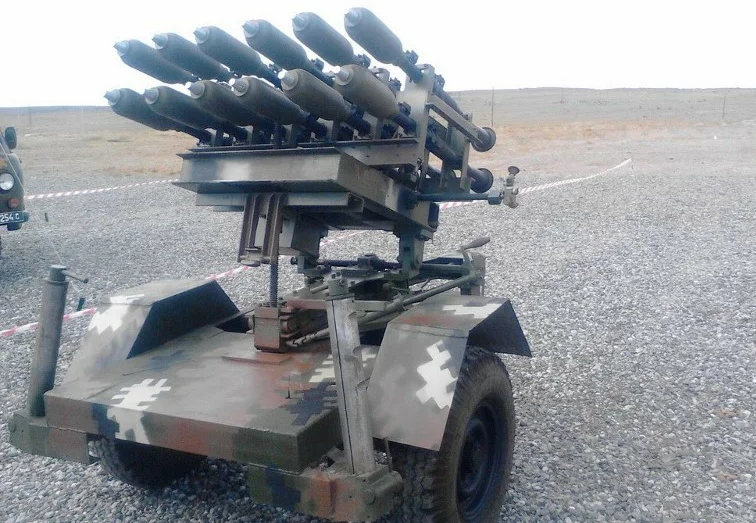,
This list aims to catalogue Armenian and Azerbaijani equipment losses during the 2023 Nagorno-Karabakh Conflict and the equipment surrendered by Armenian forces following the ceasefire agreement. This
list only includes destroyed vehicles and equipment of which photo
or videographic evidence is available. Armenian troops deployed in Nagorno-Karabakh consented to a ceasefire on September 20. As part of the agreement, they will surrender all their weaponry and equipment to Azerbaijan. Therefore, the amount of
equipment captured is higher than recorded
here. Captured ATGMs, MANPADS, light mortars, small arms, ammunition and civilian vehicles are
not included in this list. Footage of massive stashes (1) (2) (3) (4) (5) (6) of ammunition are a good indicator of the size of the ammunition stockpiles captured by Azerbaijan. This list was kept up to date until September 30, 2023.























